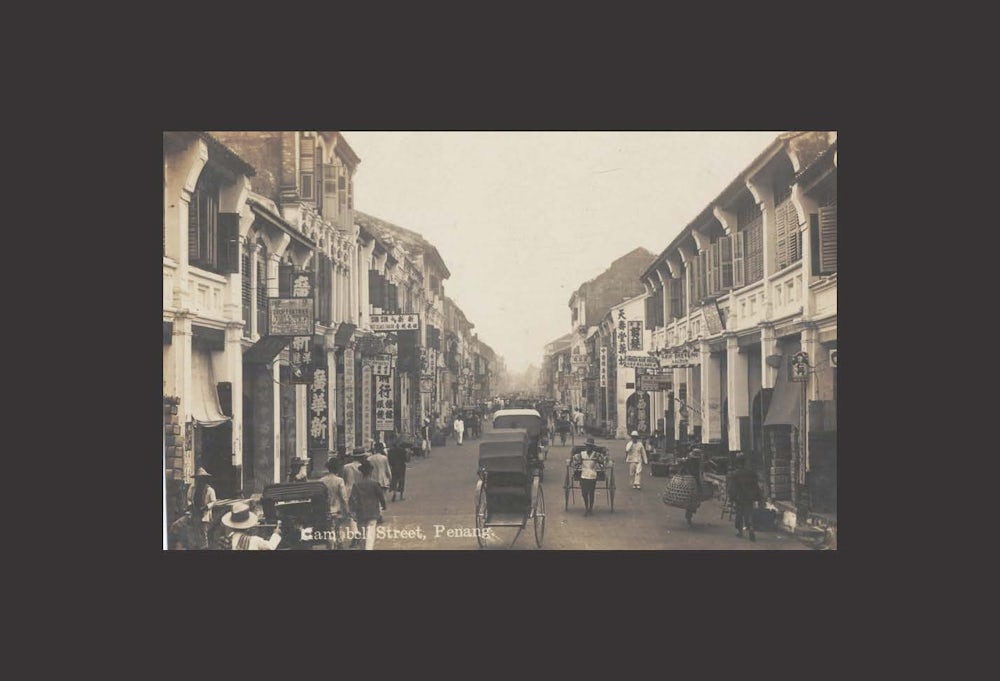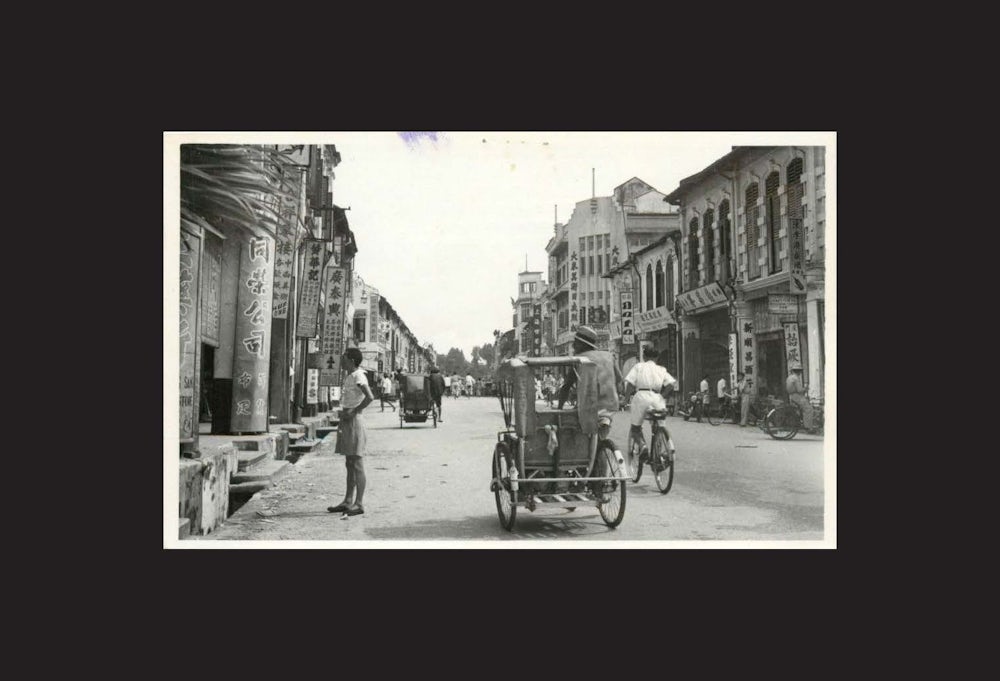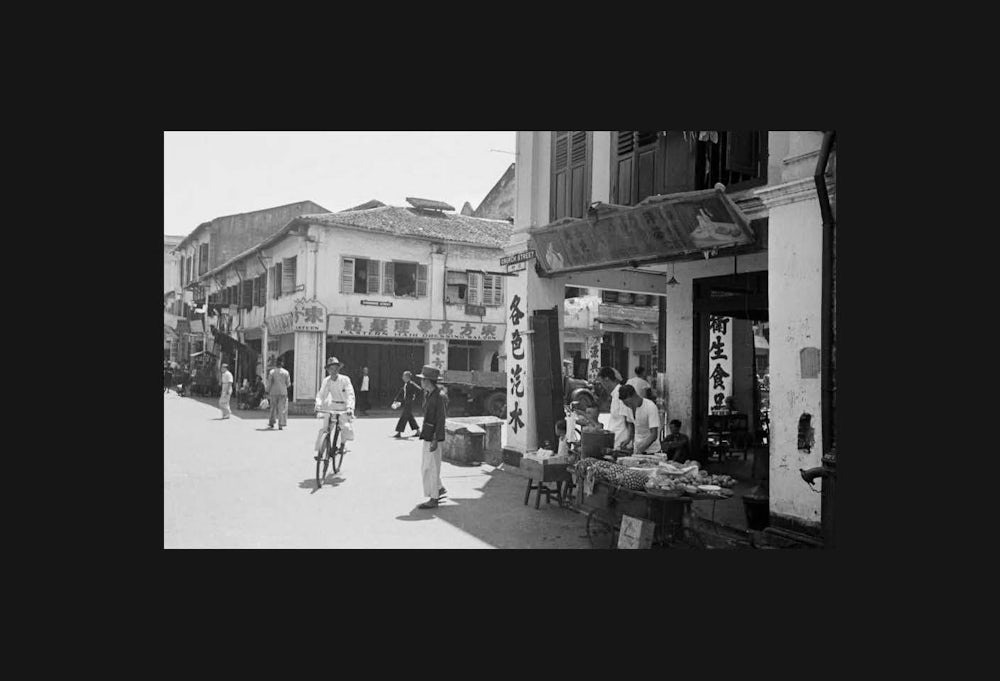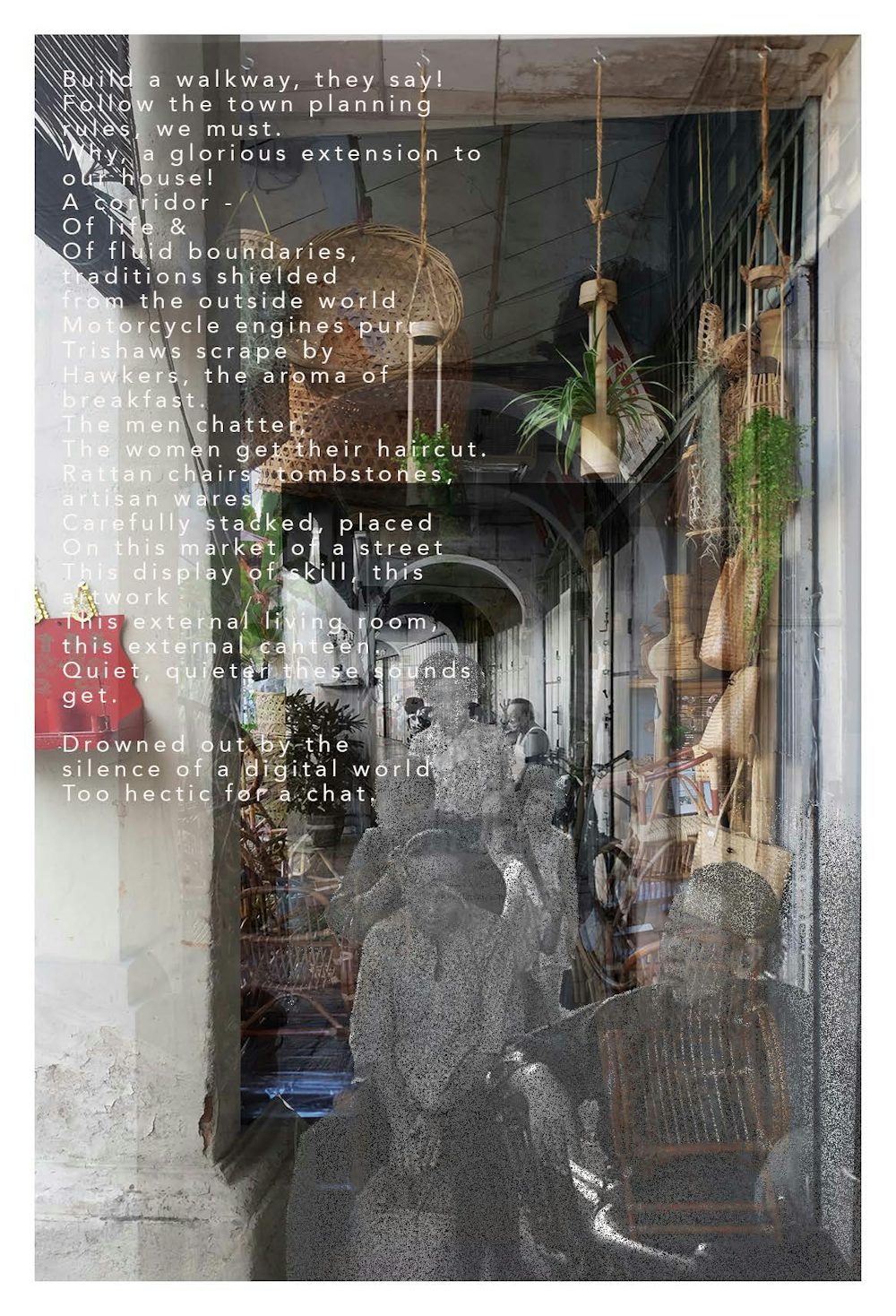Chinese heritage shophouses form the visual identity of Penang, Malaysia, and have long been of interest to tourists for their beautiful and historical pre-war facades — a front which served as Chinese identity during the British colonial period. Today, the spotlight shines on their trendy interiors as cafes and hotels more than that of the exteriors — This is the time of the reemergence of ‘heritage’ as a new industry.
Modern preservation and conservation of culture focuses on the architectural facade, while the interiors — the containers of lived experience — have to remain transient in order to bring new life to buildings in this capitalist age. This begs the question, in the name of identity and cultural preservation, would we be left with a museum of structures, devoid of life?
Lived and perceived ‘culture’ is a compilation of facts, traditions and fictions in the form of romanticised notions taken from the media or influenced by colonial cultures.
The project speculates an age of extreme technological advancement when the life of buildings can be uploaded onto a digital museum of stored memories. Culture preservation is no longer an obstacle of modernisation.
In the footsteps of a tourist visiting this digital museum, the tourist is searching — searching for her ancestors’ memory through the archive of the museum. There, exteriors and interiors blur in a jumble of lived experiences of past and present as the consciousness of the people who were once part of that space too had been uploaded, and can be experienced while visiting the museum.





